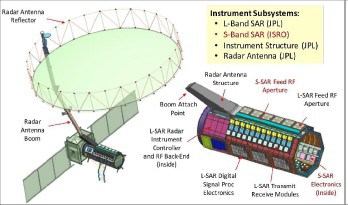Springboard Academy App Download App
Rajasthan Police Sub inspector 2025 Countdown Begins
00
Days
:
00
Hours
:
00
Mins.
:
00
Secs


